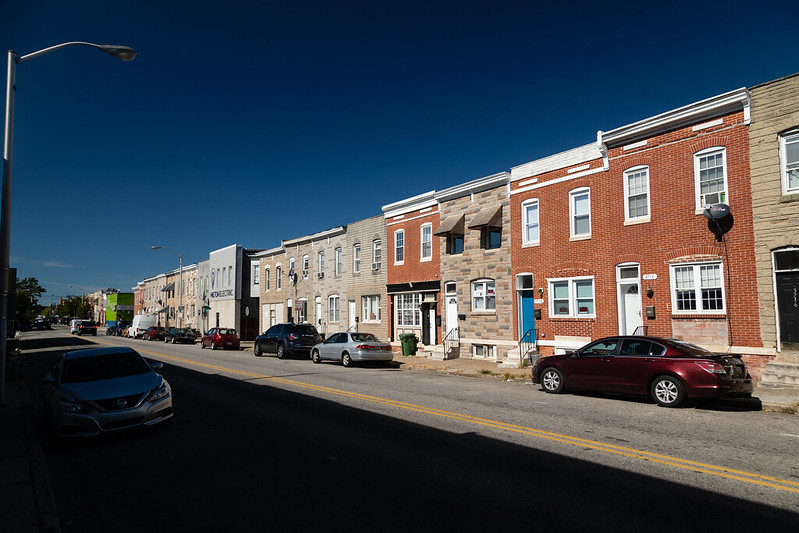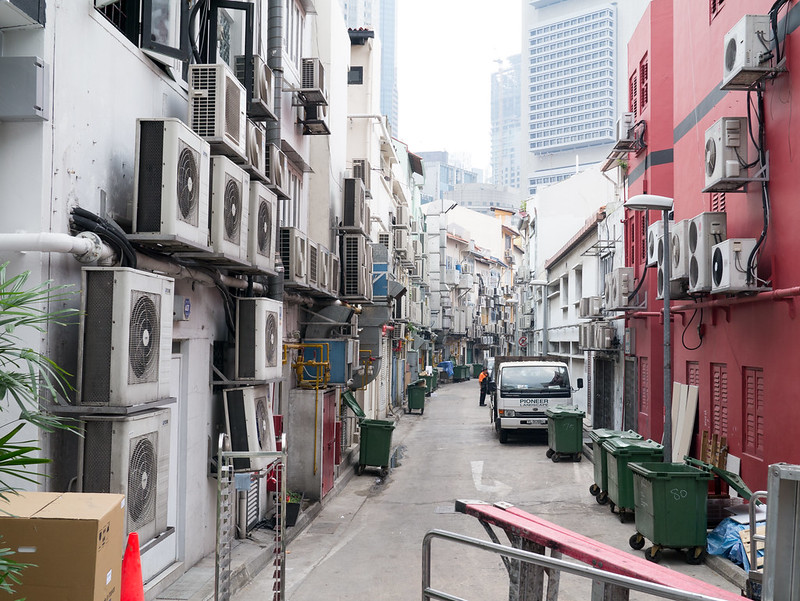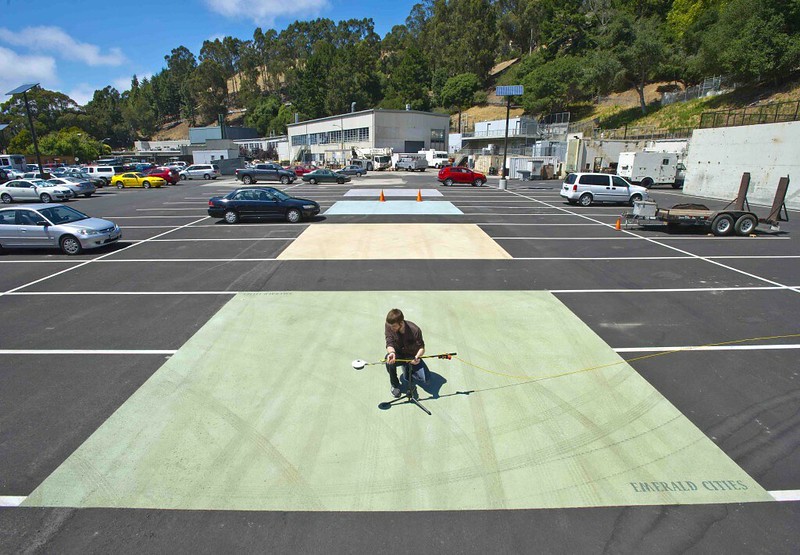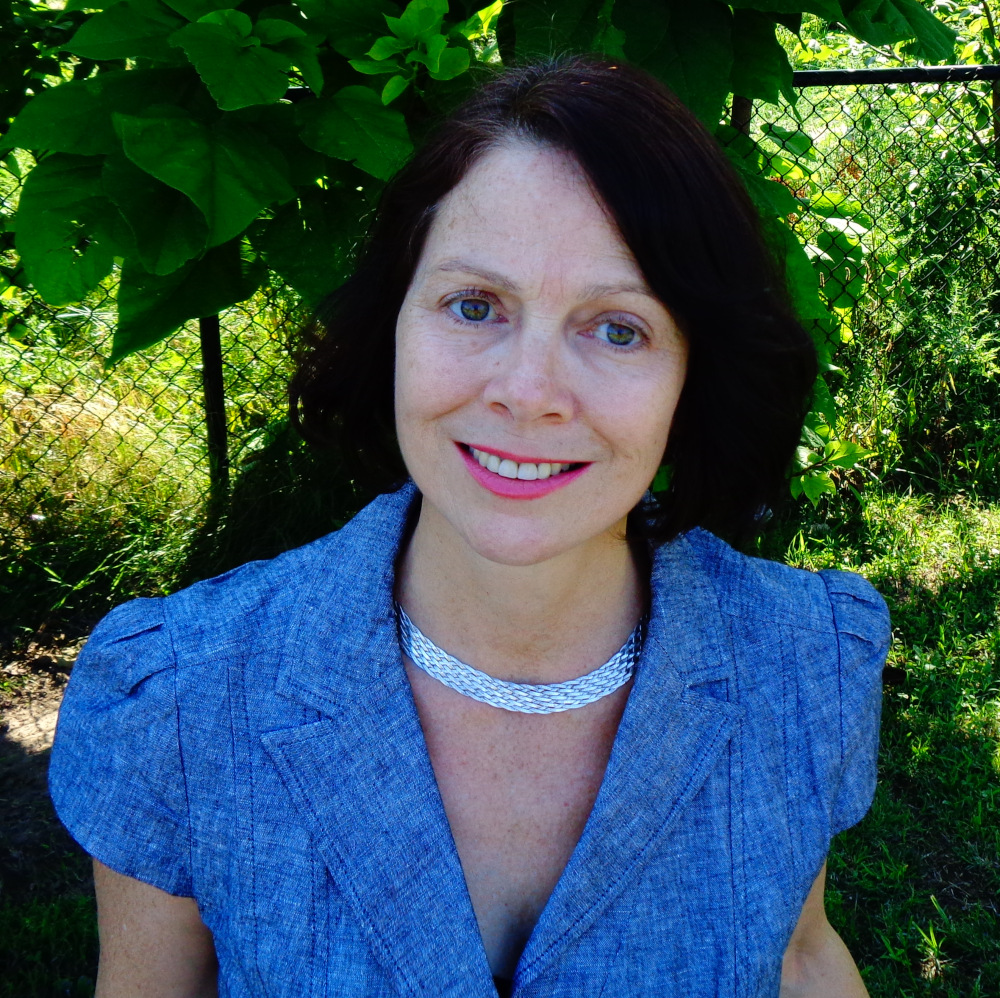In the northern United States, weatherizing programs have historically focused on the colder months of the year, and the word itself likely conjures thoughts of long and frigid winters.
But warming temperatures from climate change mean the concept increasingly pertains to the other end of the calendar too: the summer months, which are getting hotter and putting more people at risk of potentially deadly heat-related illnesses.
With even New England cities like Boston expected to see as many as 42 days a year when temperatures crest 90 degrees Fahrenheit by 2050, it and others around the world are developing new approaches and adapting old ones to help people cope.
The need is great.
Extreme heat kills more people each year than any other type of weather-related event. Last year when the Biden administration launched a federal plan to address the problem, White House climate advisor Gina McCarthy called extreme heat a “silent killer.” Statistics show that annual heat-related deaths in the United States surpass mortalities from tornadoes, hurricanes, flooding, and cold winter weather combined, though the problem gets much less attention.
Those risks can be amplified in “heat islands” — urban areas where temperatures can be 10 or 20 degrees Fahrenheit hotter than in other parts of the same city. Disasters of our own design, they occur in places with few shade-supplying trees and a lot of buildings and pavement.
Climate change is making heat islands worse. And it’s a problem that extends well beyond Boston and the Northeast.
“Urban heat islands are a phenomenon that we’re seeing occurring pretty much in every city across the globe,” says Yusuf Jameel, research manager at Project Drawdown, an international organization working on solutions to climate change.
The Danger
Heat waves — and the concentrated effects of heat islands — pose grave health risks like dehydration, mental stress and even death. Last summer about 800 people died in Oregon, Washington and British Columbia when a heatwave hit the Pacific Northwest.
Experts say the true death rate associated with heat emergencies may in fact be even higher than reported, since exposure to heat extremes can precipitate medical emergencies in people with conditions including diabetes and heart, respiratory and kidney ailments. These health events aren’t always included in official statistics of heat-induced emergencies.
The very young and very old, pregnant women, and people who spend a lot of time in the heat — such as people who work outdoors, the unhoused, and people who can’t afford to cool their homes — also face higher risks than people who spend all their time in air-conditioned homes, offices and cars whenever temperatures spike.
“We have to take little breaks to get out of the sun,” says a building custodian in D.C.’s Columbia Heights neighborhood — one of the hottest places in the city — who asked to remain anonymous. “I get dizzy,” she adds. “Sometimes I feel like I’m going to vomit,” due to exposure to too much heat.
Some medications can also increase heat sensitivity, and extreme heat can amplify drug side effects. Exposure to heat can also diminish cognitive function, even in healthy young adults, according to researchers, which could cause life-long consequences by limiting academic and professional achievement and earnings potential.
It’s also an environmental justice issue.

A growing body of research shows worldwide urban heat islands are predominantly located in low-income neighborhoods. In the United States, those neighborhoods are overwhelmingly home to people of color and immigrants.
Compounding matters, these same low-income areas tend to have higher percentages of people with medical conditions that make them particularly susceptible to heat-related illness.
Research has also linked heat islands to the country’s history of discriminatory lending practices and a past federal housing policy known as “redlining,” which led to much less public and private investment and access to home loans in many communities of color over the last century.
While redlining was outlawed in 1968, the past policies, experts say, continue have negative consequences in these communities today. In the past few years, scientists have published multiple studies documenting the heat islands that exist today in formerly redlined areas of more than 100 U.S. cities, even while adjacent neighborhoods remain much cooler.
A Global Issue
It’s not just communities in the United States that are feeling the heat — or the inequity.
Poorer countries, says Jameel, have huge challenges for people living in heat islands, particularly those who work outdoors.
“The stakes are very, very high,” he says. For example, heat waves in India and Pakistan earlier this year saw temperatures as high as 122 degrees Fahrenheit and claimed at least 90 lives. “People were unable to work. There was a higher incidence of people being hospitalized. Kids were unable to go to school.”
He also notes that children going to school in consistently hot indoor spaces can end up with both health problems and long-term economic impacts if the heat impairs their ability to learn and function.

As heatwaves become more severe and more frequent with climate warming, the economic toll can be high, as well.
“Right now, it’s happening maybe two weeks a year, where the temperatures are so high that people are unable to work outside,” he says. “But in five to 10 years, if it becomes a month [per year], that will affect the economic growth of the country.”
Those days, however, may already be here. In Delhi, the heatwave this spring resulted in nearly 100 days with temperatures breaking 100 degrees Fahrenheit.
That’s why climate change — and the associated heat risks — are “fundamentally an issue of justice and equality,” he says. “Children born in sub-Saharan African countries in 2020 are projected to experience six times more extreme climate events compared to those born in the 1960s.”
The countries that will be hardest hit by climate change are also among those that have contributed least to the problem.
Finding Solutions
Work has begun in some places to tackle the heat.
Ahmedabad, India has been leading this work in South Asia, with the first Heat Action Plan established in 2013. It includes a citywide Cool Roof program that uses light-colored roofing materials or paints to reflect the sun’s rays rather than absorb them.
Retrofitting solutions are good. But longer term, Jameel says, cities need to prioritize green space, not just more buildings.
Such urban-planning solutions are challenging in developing countries, he says, where new urban neighborhoods often spring up spontaneously, without formal planning.
Nevertheless, the Global South has one advantage over the North: long experience with the heat. One place to look for solutions, Jameel says, is local knowledge passed down for generations. For example, traditional building designs strategically placed windows to allow indoor heat to escape outdoors and encourage cross ventilation.
But while these types of traditional building designs may continue to get built one at a time, Jameel said such projects are not being built “at scale” by real estate developers, who could have a greater impact.
He and other experts say much more needs to be done to raise general awareness about heat and health, help vulnerable residents, and spark building-code changes to address the leading cause of weather-related deaths.
The U.S. Response
In the United States, the federal government and some cities have begun to act, too.
In Boston’s Heat Resilience Solutions Plan, 90% of respondents to the city’s online survey said it’s too hot in their homes during very hot summer days. The plan, published in April after more than a year of citywide public consultations, also found that 42% of Black and 36% of Latino residents reported that it was “always” too hot at home, compared to 24% of white residents.
In response to these risks, government authorities are adapting programs originally created to help low-income residents keep the heat on during the winter months.
The Mayor’s Office on Housing is considering providing “income-qualified residents” not just with air-conditioning units, but with summer utility bill subsidies, too — similar to what’s already available to help heat homes in the winter. That proposal is an acknowledgment that paying the higher monthly bills for running those ACs has become a bigger barrier to household cooling than just acquiring an air conditioner.
Boston is not alone. After deadly heat waves last year in the Pacific Northwest, Oregon passed new legislation that will direct $5 million toward purchasing air-conditioning units for vulnerable residents.
At the national level, the Department of Health and Human Services this spring announced plans to send states an infusion of $385 million in new funds from the Low Income Home Energy Assistance Program. A portion of the funds were to cover utility payments, “including summer cooling” for households that need help catching up on unpaid bills.

City, state and federal governments are also starting to roll out new weatherizing assistance and interest-free home-improvement loan programs to help residents pay for adding or upgrading air conditioning.
A Comprehensive Approach
More air conditioning, however, is hardly a long-term solution, since the exhaust from indoor climate control heats up the air outside and the electricity needed to run them fuels more climate change. Experts say we need to redesign our homes, offices and entire cities, a costly undertaking that is still in its incipient stages even in the resource-rich Global North.
Some of that work is underway.
Many U.S. cities, such as New York, Chicago, Portland and Los Angeles, are adding “cool roof” or “green roof” programs to bring down indoor temperatures and decrease air-conditioning costs by using reflective roofing materials or planting vegetation on roofs.
Some cities are going even further. In 2018 Washington, D.C., passed tougher new standards to increase building energy performance in an effort to reduce greenhouse gas emissions and energy consumption by 50% by 2032.
Meanwhile Boston is spending $20 million on a retrofit pilot that focuses on providing owners of multifamily buildings with affordable help to upgrade their cooling and heating systems. The program is expected to fund “deep energy retrofits” designed to improve efficiency for about 300 “housing units” in public housing buildings or those otherwise deemed “affordable” by the city.
The city’s heat plan also calls for the formation of a task force to address the immediate problem, as well as developing “the broader heat relief strategy,” with long-term solutions.
Working with nonprofit partners, it’s providing households and small businesses in the city’s low-income areas with help paying for equipment upgrades and retrofits. The plan details 26 strategies it plans to implement, working through community organizations and directly with city residents. The strategies include grant programs to help building owners afford energy efficient heat pumps and cool roofs, as well as planting trees and adding awnings to provide shade at bus stops.
Assisted by new data analysis and mapping technology, many cities are homing in on urban heat islands to better understand the history and historic discrimination that has led to dramatically higher temperatures from neighborhood to neighborhood — and to tailor solutions to local realities.
King County Metro Transit, in the Seattle area, is using heat-mapping data to guide bus stop design and amenities with consideration to extreme weather — especially in communities most acutely affected by climate change.
And Chelsea, Massachusetts, has launched a “Cool Block” project that involves planting trees, repaving dark asphalt streets in lighter gray material, and revamping sidewalks with white concrete, porous pavers and planters.
It’s possible to address climate-related health threats and historic wrongs at the same time, says Jeremy Hoffman, the David and Jane Cohn scientist at the Science Museum of Virginia, who has lead heat islands studies in several U.S. cities and worked on research studies linking redlining and historic discrimination with the locations of today’s heat islands in cities across the country.
“These decisions that were made a century ago by a few people have affected a ton of people in the present day,” he says. “Collectively we still have a long way to go, but if communities and local governments work together, we can make decisions that will have positive impact for the next century or beyond.”
Learn more about urban heat islands from “The Climate Divide,” a 9-episode heat islands podcast from Hola Cultura.
Get more from The Revelator. Subscribe to our newsletter, or follow us on Facebook and Twitter.
Previously in The Revelator:
Closing the Tree Equity Divide
![]()


